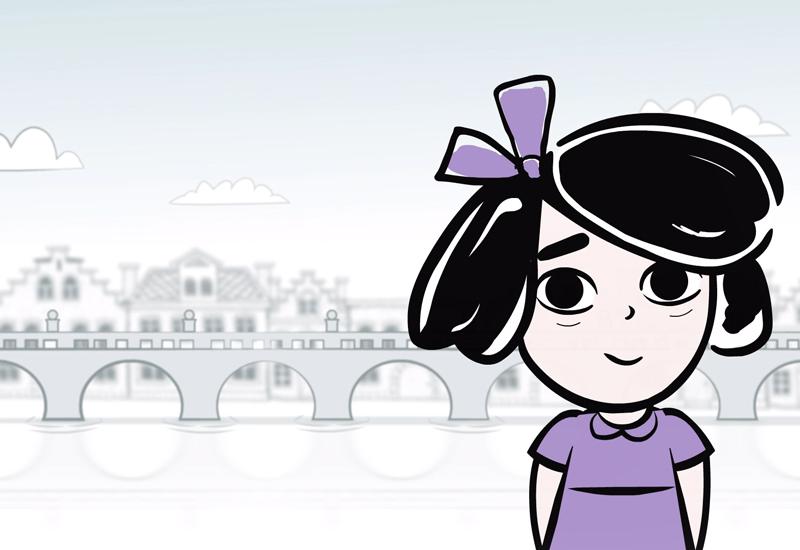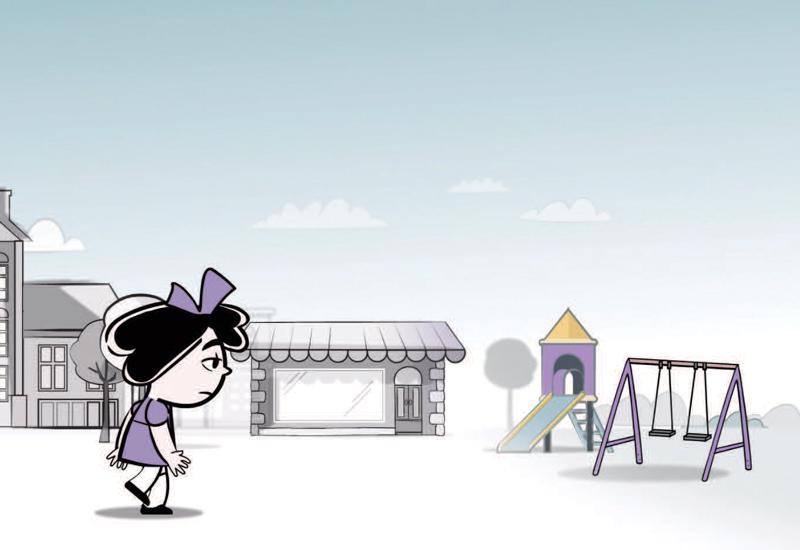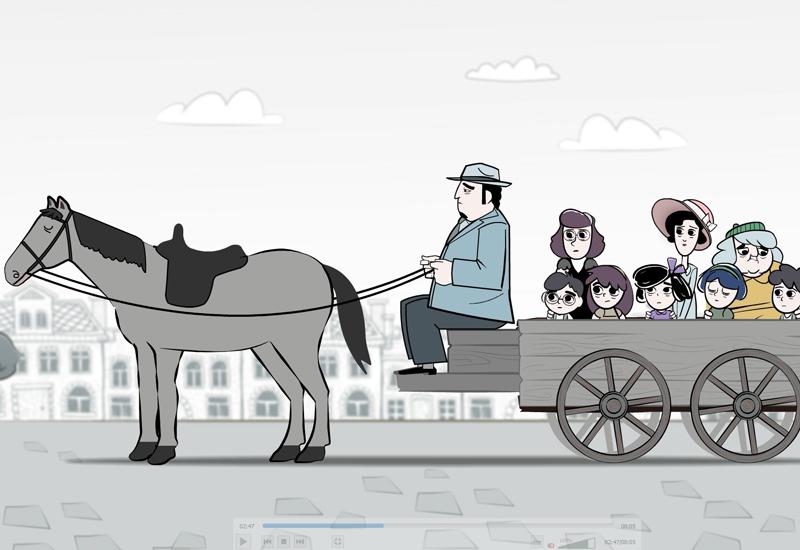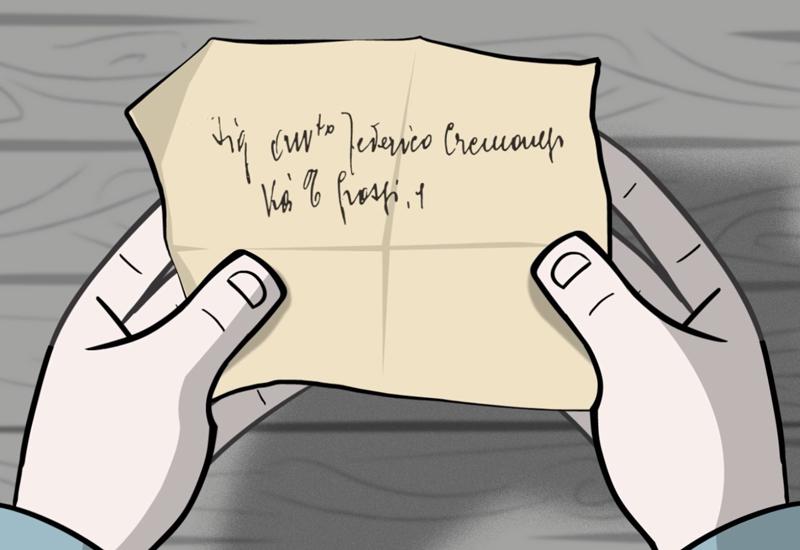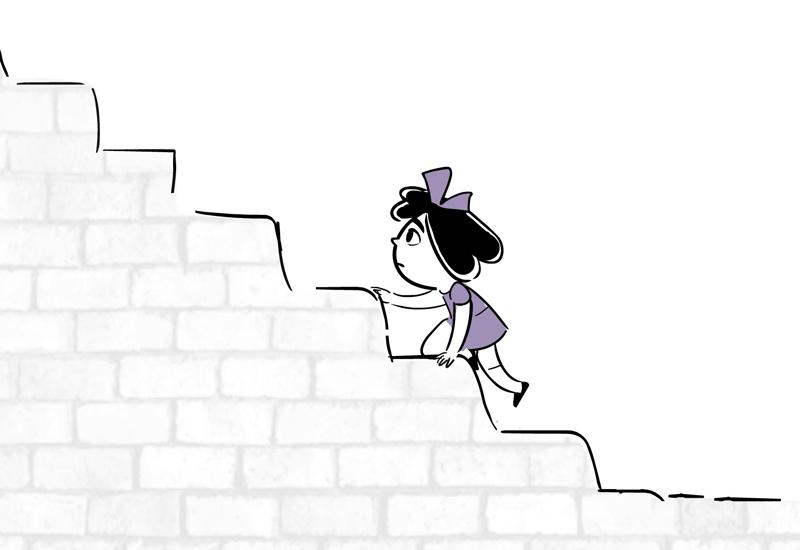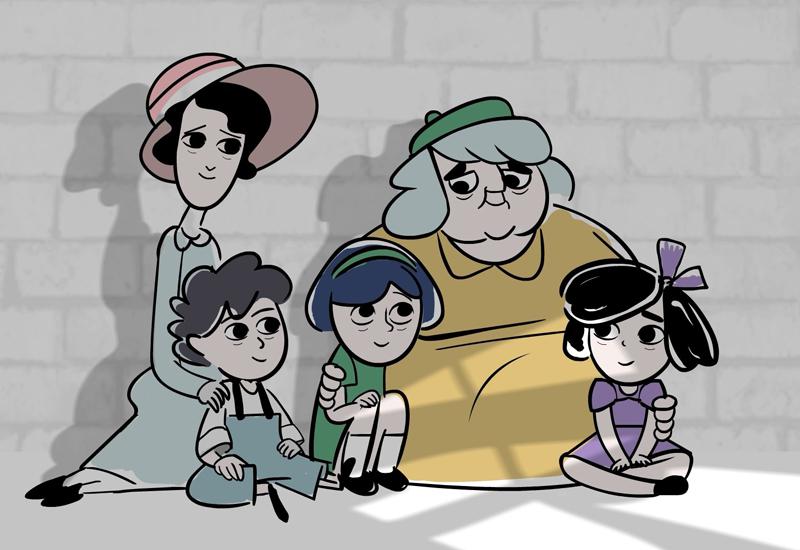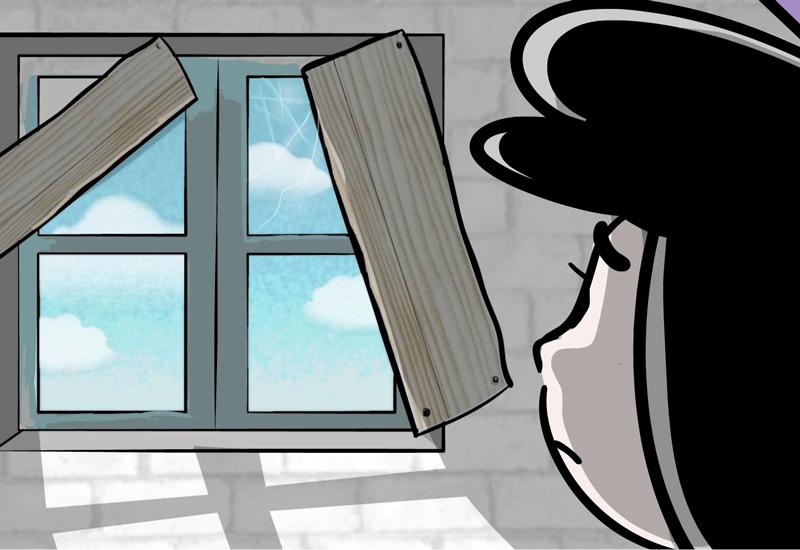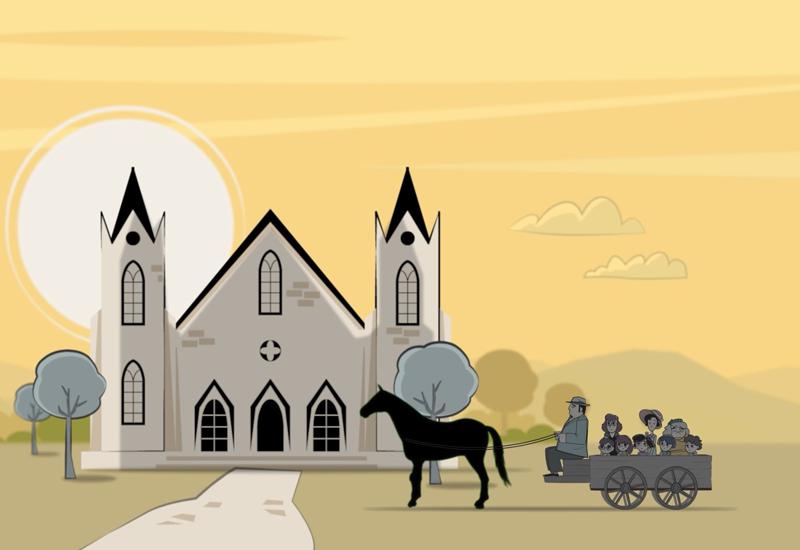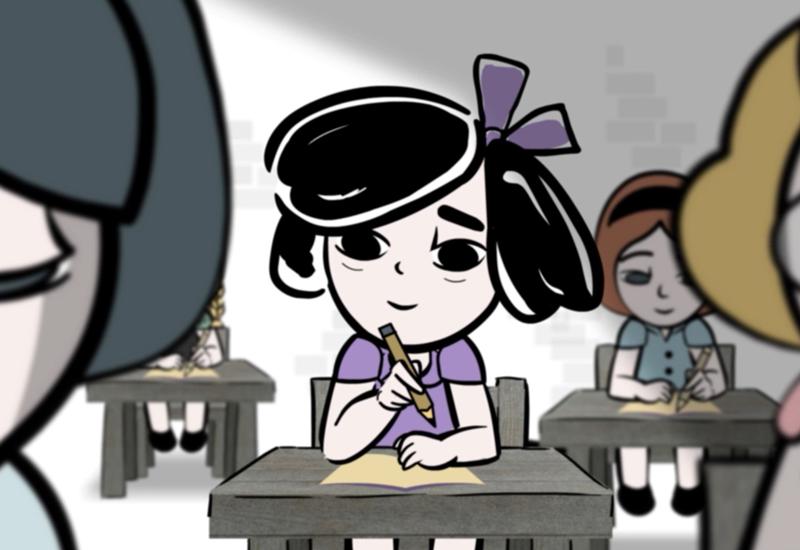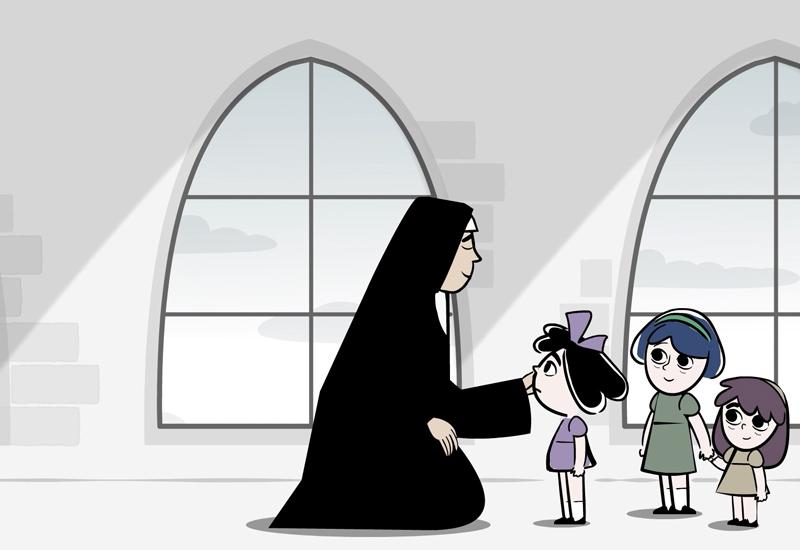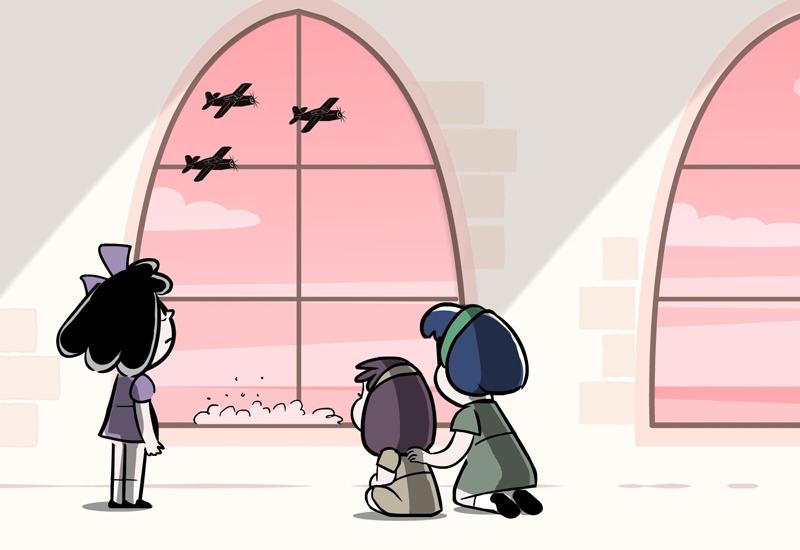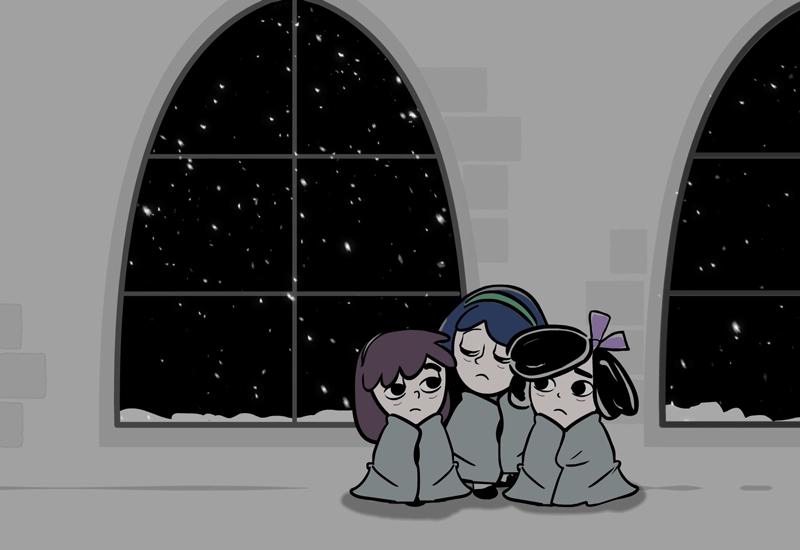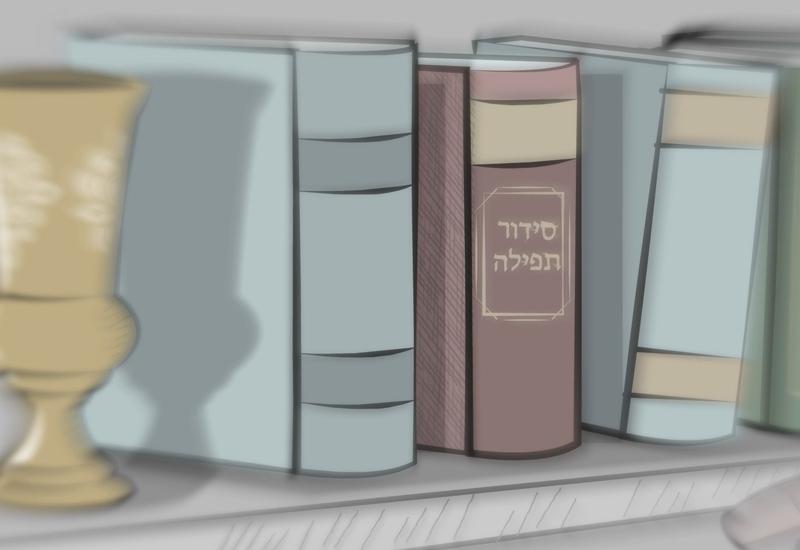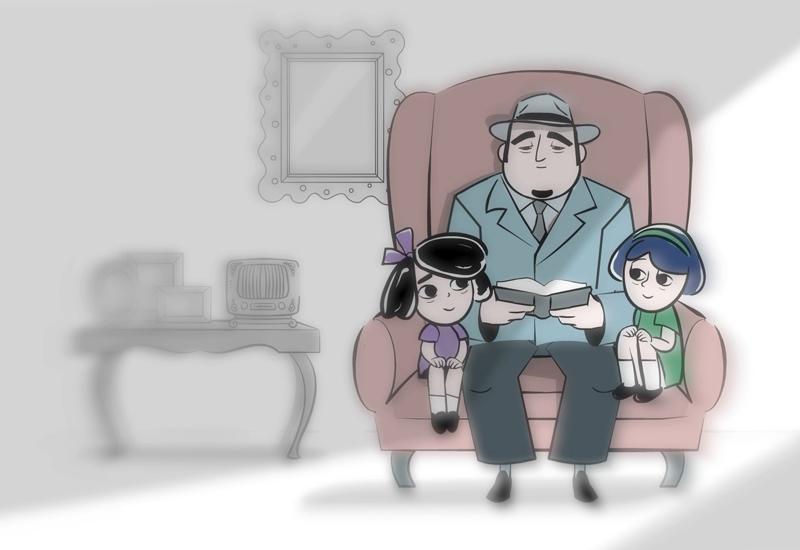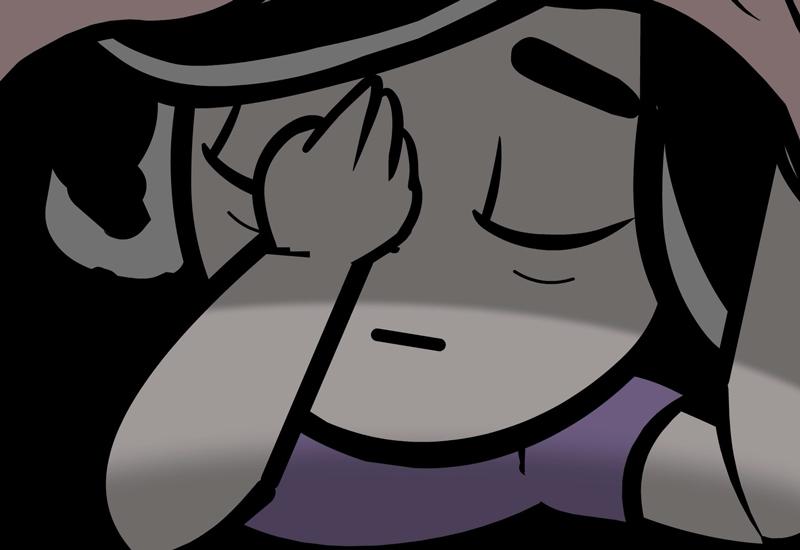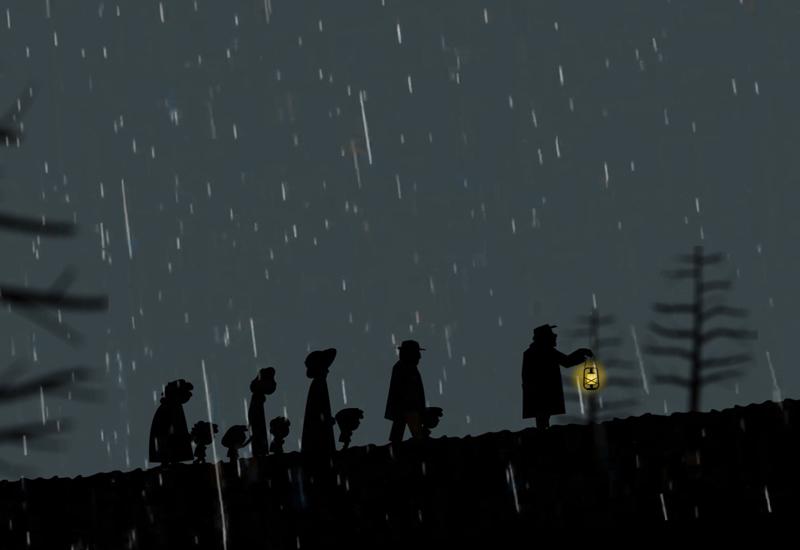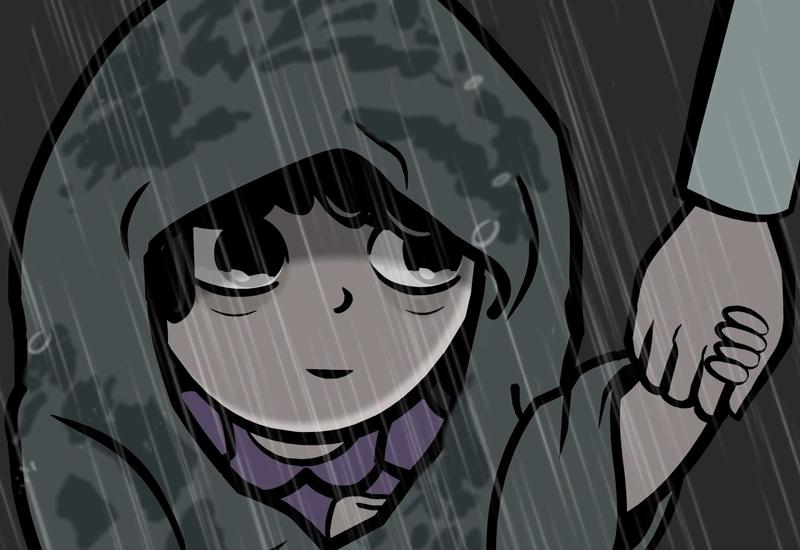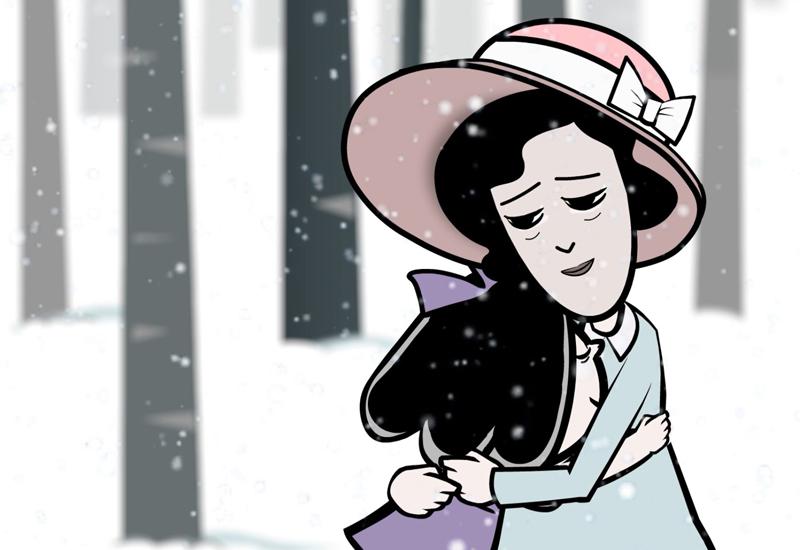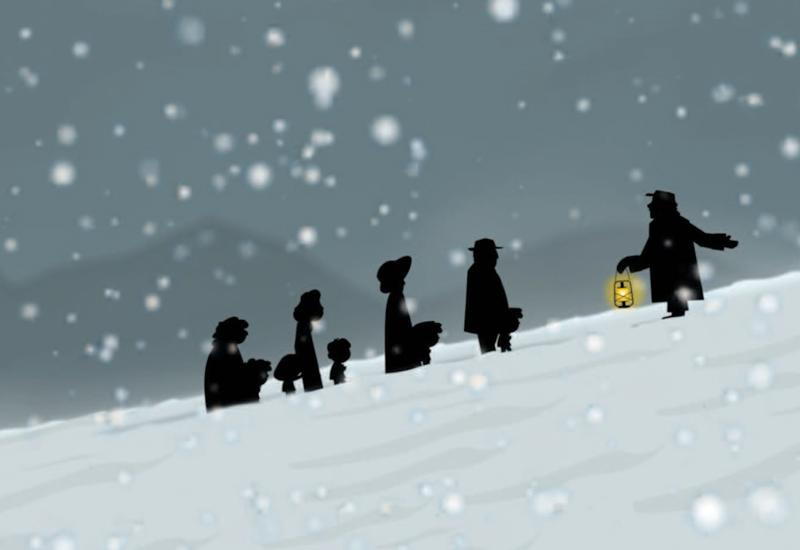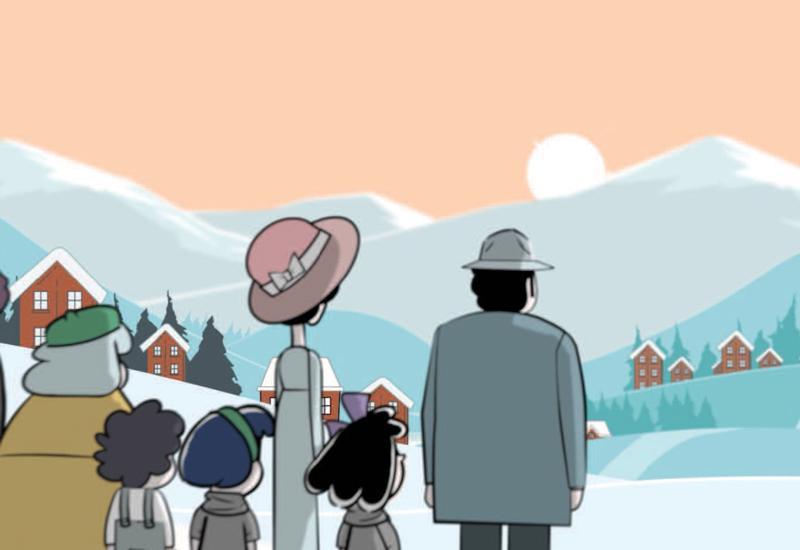Yona Amit was born in Fiuma, northern Italy, in 1938. When the Germans occupied the region, Yona's family left Fiume and went into hiding in different places before eventually escaping to Switzerland where they remained until the end of the war.
Yona's Story is told with the help of animation, and is suitable for ages 6 - 8 (1st and 2nd grade).
Historical background
Historical backgroundYona Amit was born in 1938, in Fiume, Northern Italy, to a modern orthodox Jewish family. Following the German conquest of Northern Italy, Yona's family left Fiume for the town of Bagnacavallo where they went into hiding with the Tambini family. Residents of the town hid other Jews as well. When it was feared that their hiding place had been discovered, the Tambini family moved Yona and her relatives into another hideout at the home of the Dalla Valle family. Later, Yona, her brother, sister, and cousin were moved to a convent in the city of Lugo, under false identities. After about a year in the convent, the family reunited and planned to try to cross the border into neutral Switzerland, with the aid of Lidia Cattaneo, who supplied them with false papers and arranged their travel to the border. After an arduous and dangerous journey through the Alps, Yona and her family managed to reach Switzerland. When the war was over, the family returned to Italy and immigrated to Israel in 1950.
Yona and her husband established a large and beautiful family. Yona is an educator and delivers testimony about her experience during the war.
What is important to know before teaching about the Holocaust to first and second grade students?
The Israeli Ministry of Education educates children from an early age about the history of their people, culture, holidays and memorial days as a critical element of their education. On Holocaust Remembrance Day, Israeli children are exposed to both the stirring atmosphere of the day and the powerful siren that sounds across the country calling for two minutes of contemplative silence.
In these modern times, multiple communication outlets expose our children to the world outside and forces them to absorb information without the cognitive ability to give meaning to what they've seen. The main role of educators today is to teach students to organize the information they receive, to make sense of the prevailing atmosphere, and to regulate the emotions that may arise from this exposure.
Teaching about the Holocaust at first and second grade level must involve a controlled study of the story of the Holocaust. In these lessons, it is important to focus on the story of the individual while emphasizing "emotional anchors" that will facilitate dealing with this difficult subject, as well as highlighting instances that demonstrate mental fortitude and the maintaining of values, such as mutual assistance, creativity, the Righteous of the Nations - "the light in the darkness".
By introducing the students to a central character who survived the Holocaust, it creates empathy that enables the subject matter to be contained, and basic concepts to be learned. The additional knowledge that the hero of the story was saved reinforces the feeling of security among these young learners. The emotional processing of the story will be done through a variety of creative activities.
Yona's Story is mostly told through animation, a medium which allows young students to be introduced to central themes of the Holocaust in a gentle and non-traumatic way.
After watching the film
After watching the filmHere are some suggestions for a discussion activity that allows for emotional and value processing:
1. Open questions for class discussion -
- What did you learn from the story?
- Was there anything in the story that surprised you?
- Were there things in this story that you already knew about?
- What made you happy in the story? What made you sad?
For the teacher - the discussion can provide a place for emotional anchors such as the importance of family and support, the actions of the Righteous Among the Nations, human dignity, Jewish identity.
2. Use cards with picture stills from the film
Print the attached cards.
The teacher selects several images from the film and has a conversation with the students
- What do you see in the picture?
- How do you think the character in the picture felt?
- What do you learn from the picture?
The teacher scatters the pictures in the classroom (either on the wall or on the floor). Each student chooses a picture and presents to the class why (s)he chose that one and/or gives it a title.
Activity using cards
Activity using cardsActivity using phrase cards and expressing emotions
Print the card file
The teacher will place on the board, or around the class, the following cards containing these statements:
I want to ask Yona or tell her that...
- In my opinion, she is a dove (in Hebrew, "Yona" means a dove)
- Draw a picture after watching the movie
- After watching the movie, I feel: security / pride / confusion / fear / sadness / pain / excitement / hope / joy
Each student chooses one of the four cards and completes the sentence written on it.
The teacher then leads a discussion about the children's thoughts as expressed in their cards.
You can tell the students that Yona lives in Jerusalem and she will be happy to receive their drawings and questions.




